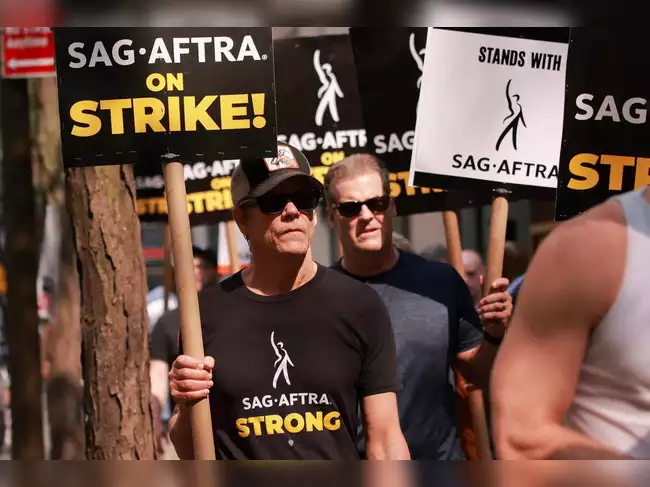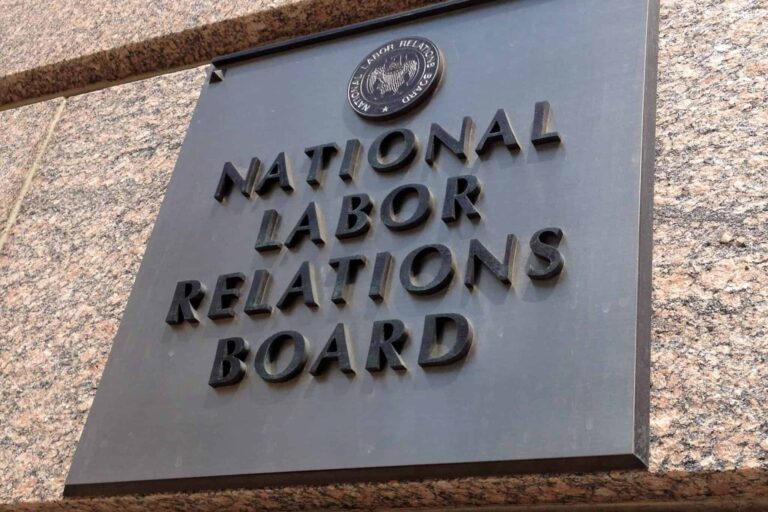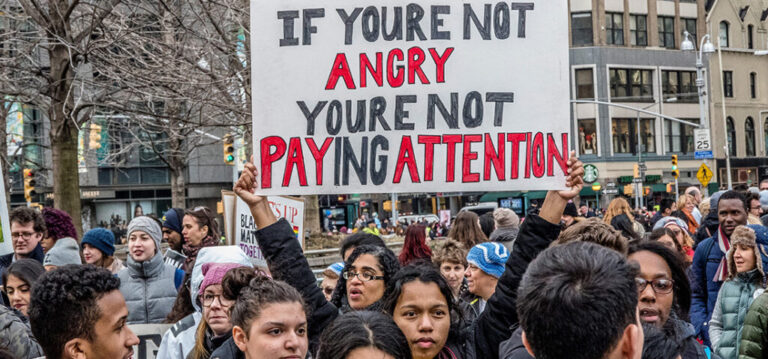
Andrew Strom has been a union lawyer for more than 25 years. He is an Associate General Counsel of Service Employees International Union, Local 32BJ in New York, NY. He is the author of Caught in a Vicious Cycle: A Weak Labor Movement Emboldens the Ruling Class, 16 U.St. Thomas L.J. 19 (2019); Boeing and the NLRB: A Sixty-Four Year-old Time Bomb Explodes, 68 National Lawyers Guild Review 109 (2011); and Rethinking the NLRB’s Approach to Union Recognition Agreements, 15 Berkeley J. Emp. &; Lab. L. 50 (1994), and has written for Dissent and Dollars and Sense. He also taught advanced legal writing at Fordham Law School. He received his J.D. magna cum laude from Harvard Law School. The views he expresses on this blog are his personal views, and should not be attributed to SEIU Local 32BJ.
Among the scariest images of Hurricane Irma were two collapsed cranes at construction sites in Miami. If you’re wondering why Miami doesn’t have stricter laws regulating construction cranes, the answer is that when Miami enacted a law requiring cranes to withstand 140 mile per hour winds, the Associated Builders and Contractors, an association of non-union construction companies sued and stopped the law from going into effect.
Most cranes in the United States are only built to withstand winds of 93 miles per hour. But, in 2008, Miami-Dade County wisely realized that in a hurricane-prone region, it would make sense to impose stricter standards. The County decided that tower cranes should withstand wind loads of 140 miles per hour. Instead of accepting the wind load standard, the Associated Builders and Contractors sued, arguing that the federal Occupational Safety and Health Act preempted the local ordinance. The County argued that even if local workplace health and safety laws are ordinarily preempted, these standards should not be because “failing cranes kill people, workers and non-workers alike.” The County argued that particularly during hurricanes, the new standard was directed at public safety, not occupational safety.
But, the three judge panel on the Eleventh Circuit Court of Appeals rejected the County’s argument. The judges pointed out that construction sites are typically closed to the public, and “the County failed to identify a single incident in which a crane accident injured a member of the general public during a hurricane.” In other words, instead of taking precautionary measures, the County should have waited for someone to die, and then, perhaps the regulation would pass muster. I’d like to think the Eleventh Circuit judges are having second thoughts about that opinion.








Daily News & Commentary
Start your day with our roundup of the latest labor developments. See all
April 19
Alabama and Louisiana advance anti-worker legislation; Mercedes workers in Alabama set election date; VW Chattanooga election concludes today.
April 18
Disneyland performers file petition for unionization and union elections begin at Volkswagen plant in Tennessee.
April 18
In today’s Tech@Work, a regulation-of-algorithms-in-hiring blitz: Mass. AG issues advisory clarifying how state laws apply to AI decisionmaking tools; and British union TUC launches campaign for new law to regulate the use of AI at work.
April 17
Southern governors oppose UAW organizing in their states; Florida bans local heat protections for workers; Google employees occupy company offices to protest contracts with the Israeli government
April 16
EEOC publishes final regulation implementing the Pregnant Workers Fairness Act, Volkswagen workers in Tennessee gear up for a union election, and the First Circuit revives the Whole Foods case over BLM masks.
April 15
The Supreme Court ruled in favor of bakery delivery drivers in an exemption from mandatory arbitration case; A Teamsters Local ends its 18-month strike by accepting settlement payments and agreeing to dissolve